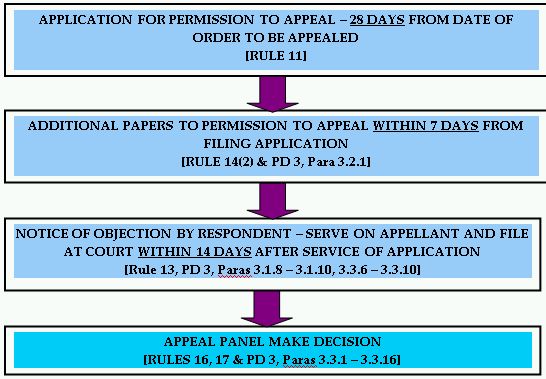Introduction
Last year, we made Ince & Co's first application for leave to appeal to the Supreme Court of England and Wales on behalf of TMT Asia Limited. This followed the first instance judgment in our client's favour in Oceanbulk Shipping & Trading SA v TMT Asia Limited & others being overturned by the Court of Appeal. We were given permission to appeal to the Supreme Court and judgment was handed down in October 2010 ([2010] UKSC 44). The Supreme Court unanimously overturned the Court of Appeal's decision in our client's favour. Our detailed article on this decision can be found on our website at www.incelaw.com.
As the Supreme Court only replaced the Appellate Committee of the House of Lords as the Highest Court in the United Kingdom on 1 October 2009, the Supreme Court Rules and Practice Directions 2009 which govern the procedure are still being tested. The Rules and Practice Direction are available from the Supreme Court website. This article sets out in general terms the procedure for making an application for permission to appeal to the Supreme Court. A future article by ourselves will provide an overview of the procedure for appealing to the Supreme Court once leave to appeal has been granted.
Initial Application for leave to appeal
Court forms: The relevant court forms can be found on the Supreme Court website and Annex 1 to Practice Direction 7 contains the Form 1 Application.
Where to make the application: An application for permission to appeal must first be made to the court below and an application may be made to the Supreme Court only after the court below has refused to grant the party permission to appeal.
Time to make the application: The application must be filed within 28 days from the date of the order or decision of the court below which is to be appealed. Consequently, it is important to act promptly when deciding whether to apply for permission to appeal.
Contents of application: The application should set out briefly the facts and points of law and include a summary of the reasons why permission should be granted. A chronology of the proceedings is also required within the application.
Length of grounds of appeal: Since we made our application, the Supreme Court has made some changes to the relevant Practice Direction. These changes came into force on 22 March 2011. One additional provision to Practice Direction 3 is that the grounds of appeal in the application for permission should not normally exceed 10 pages of A4 size. The Registrar will reject any application where the grounds appear, without adequate explanation from counsel, to be excessive in length.
Format of documents: The Rules are quite specific in their requirements for the format in which documents must be provided to the Court. Documents must be:
- on A4 paper,
- securely bound on the left,
- printed on both sides of the page,
- properly labelled and indexed.
Filing of documents: Documents must be filed both in hard copy and electronically.
Service of application: Before the application is filed, a copy must be served on every Respondent in the case and when the application is filed at the Supreme Court, the Appellant must also file:
- a further three copies of the application;
- a copy of the order appealed against;
- a copy of the order below refusing permission to appeal (this may be contained in the order appealed against);
- the prescribed fee (which is currently £800); and
- a certificate of service (contained in Form 1, section 8).
Binding precedent: Finally, the Supreme Court has also made an express reference in the amendment to Practice Direction 3 to the House of Lords' Practice Statement of 26 July 1966, stating that it still applies. This Statement provides that the House of Lords (now the Supreme Court) will, in general, treat former decisions of the House as binding, but will depart from a previous decision when it appears right to do so.
Additional papers
The next stage in the procedure is to file additional papers within 7 days of filing the application for use by the Appeal Panel in deciding the application. The additional papers include:
- the official transcript of the judgment of the court below;
- final orders of all the other courts below;
- any unreported judgment(s) cited in the application or judgment of a court below; and
- a document which sets out the history of the proceedings
Notice of objection
The Respondent then has 14 days after service of the application to file a notice of objection in the appropriate form together with a certificate of service. Before the notice is filed, a copy must be served on the Appellant. A Respondent who does not file a notice of objection under this rule will not be permitted to participate in the application.
Once the Respondent has filed his notice of objection, the Appeal Panel will then review the arguments from both sides and make a decision, on paper, whether or not to grant permission to appeal. Rule 17 does make provision for an oral hearing of the application but, in our experience, this is rare.
Flowchart of key steps

The content of this article is intended to provide a general guide to the subject matter. Specialist advice should be sought about your specific circumstances.

